Everything we do in life revolves around communication. In other words, communication is our way to express ourselves, interact with one another, and make sense of the information that has been passed along.
Humans have continually improved communication methods throughout the centuries to make our lives easier and more convenient. As we have become more reliant on technology, online chats and automated phone calls have replaced ancient cave drawings as our primary means of communication.
HISTORY OF COMMUNICATION
Throughout history, people have used various means to stay in touch with one another. Progress in technology at the time allowed these procedures to be developed. Now, let’s go back to the time and learn more about how people communicated through the years.
Drawing
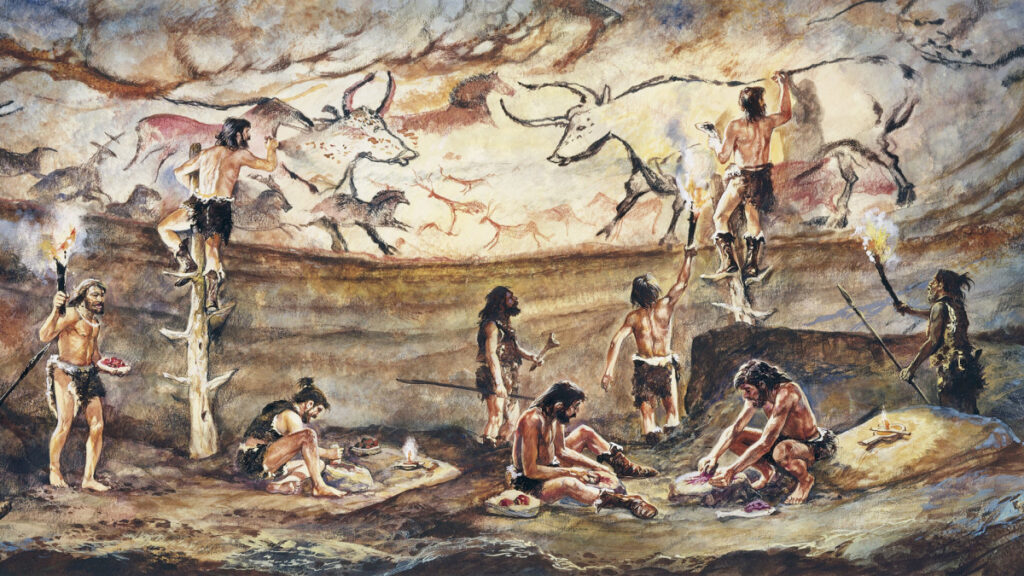
Among the earliest forms of communication are prehistoric cave drawings. People who lived in caves were protected from the elements and wild animals by their shelters. People used engravings on the cave walls to record significant events, rituals, and ideas from the past. Until then, language couldn’t express these ideas well. Therefore, drawings were used to fill in the gaps.
Writing
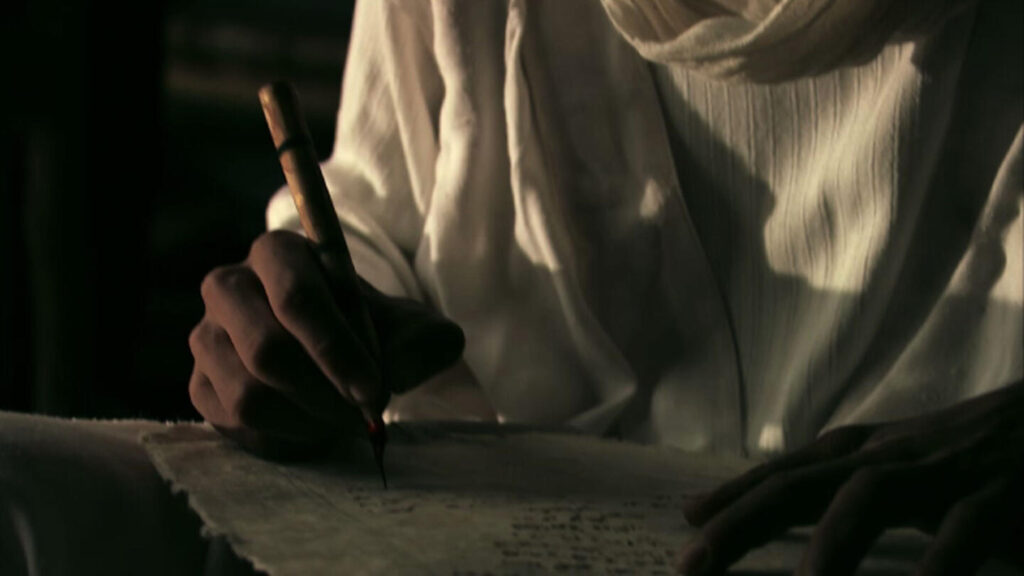
Humans created written language as they settled into rural areas. Around 9,000 years ago, societies shifted from hunting-based to agriculture-based non-nomadic lives. Writing became significant as humans recognized the importance of maintaining property records and trades. Initially, images were used to represent the objects being discussed in the text. As societies progressed, images came to symbolize sounds. Eventually, the visual language gave way to letters in the Western world, which were graphic representations of specific sounds. By connecting letters, words were formed.
Printing
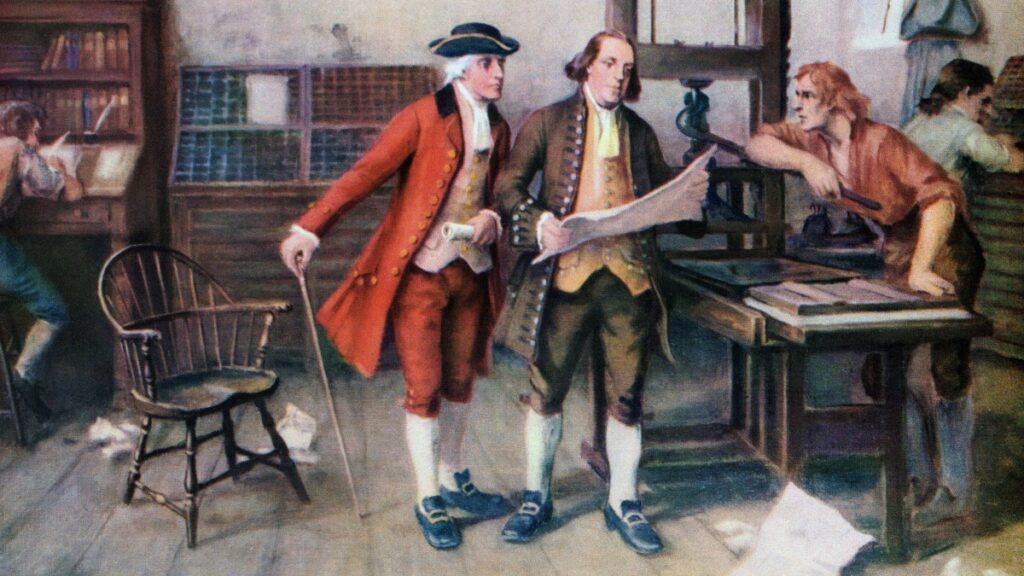
Documents have been written by hand for hundreds of years, which is time-consuming. In the past, writing was a skill reserved for the upper class, well-educated, and most of them were priests. Block printing became popular in the early 14th century when it was first introduced. Block printing was a type of printing in which single words or characters were carved into individual wooden blocks. This was a costly and inefficient process. Germany’s goldsmith Johannes Gutenberg built a printing machine in 1454 to move printing blocks. Making books accessible and affordable was made possible by Gutenberg’s invention.
Telegraph
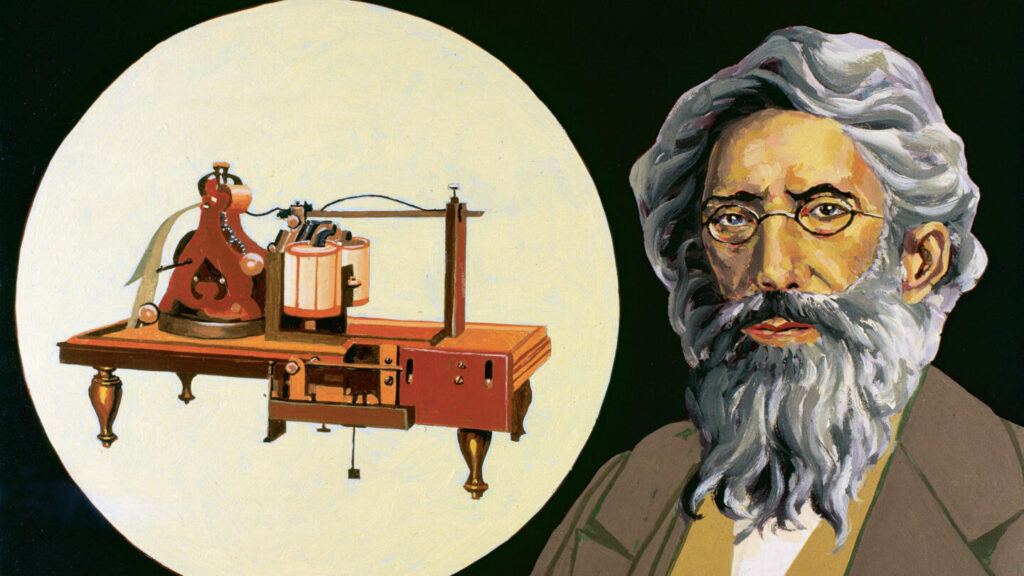
Although the printing press made communication more accessible, the written word could take days or weeks to reach its destination. A faster method of transmitting information was being looked into by scientists. In the late 18th century, French scientists created a light-based communication system. Improved by the invention of a mechanism that converted spoken words into electric signals, American inventor Samuel Morse revolutionized this approach. His telegraph was widely adopted as a fast means of communication.
Telephone
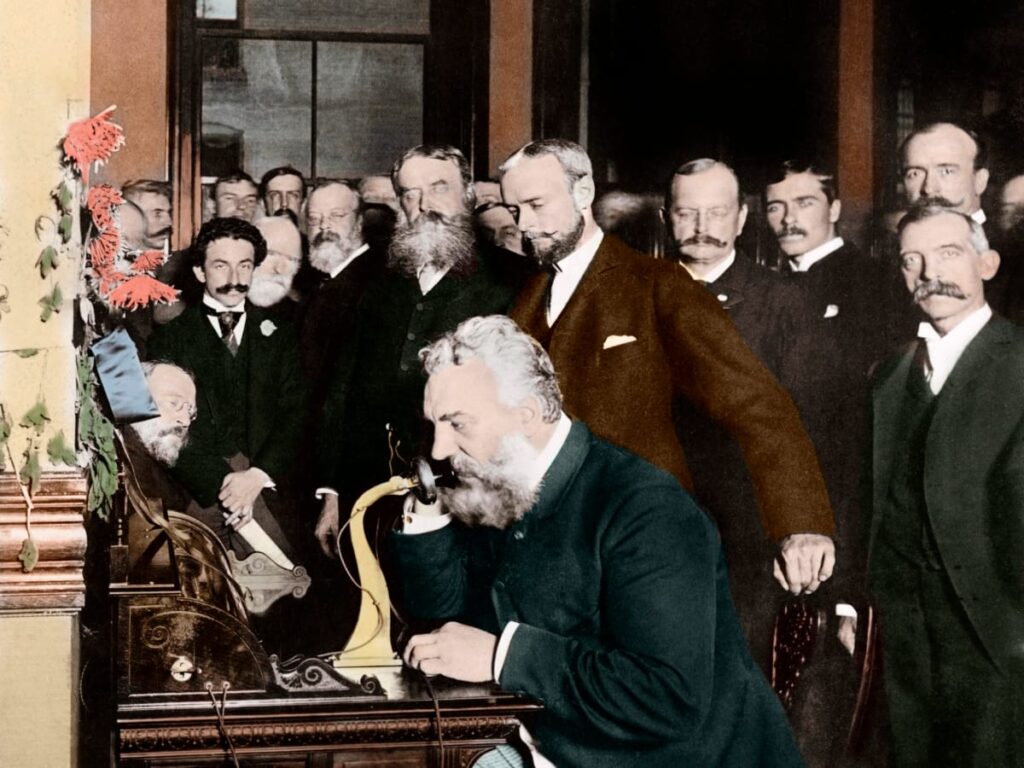
Other advancements in communication technology can be traced back to the telegraph’s creation. When Elisha Grey and Alexander Graham Bell utilized the telegraph’s principle, they created a telephone device. It converts analog audio into electrical signals used to communicate with other people. The telegraph was overtaken due to this invention, which was more popular than the concept it was built on.
Digital Technology

There has been a massive technological shift in the field of communication since computers were introduced. To solve complicated mathematical equations, computers were first employed in the early 1980s. Scientists eventually recognized that computers could be used for more than just computation. An earlier version of the internet that allowed scientists to share documents over computers was built in 1989. Then, a short time later, the internet was made available to the whole population. Information flowed more quickly than ever before because of this technological breakthrough.
Communication has undergone various developments before its present state that make it convenient and practical. It is our responsibility to use these communication tools properly.
THE IMPORTANCE OF COMMUNICATION
Communication plays a vital part in our daily interactions. If we want to make our lives easier, we must communicate effectively. As a social being, the only way to solve any problem is to work together. Every sector of the economy has evolved over time, and as a result, we need to keep up with it. In the absence of communication, it’s impossible to even begin the process of development.
To better understand this topic, here’s a list to know some of the purposes of communication.
1. Record – A lot has happened in the past. To continue progressing, we need to communicate our past experiences as a society. In addition, this can take the form of written or oral communication. Traditions and stories are often handed down verbally within families. Our progress in science, history, and politics has been documented so that we might strive for a better tomorrow. Due to our ancestors’ efforts, we have all of this valuable information.
2. Understanding -Understanding can be gained through communication. It doesn’t matter if you’re negotiating with clients in a business or attempting to open up a dialogue with someone. Because having a discussion is an essential component of communicating. We’ve all had to deal with difficult conversations at some point in our lives. Understanding the other person’s point of view helps us better grasp our own perspective.
3. Problem-Solving -Many problems can be solved by accessing our archives of information gathered over time and of course, through the help of communication. Open communication now resolves various issues, such as interpersonal and professional conflicts. Through communication, the institution of psychological therapy was born out of people’s desire to settle their self-concepts and talk about their feelings.
4. References- Metaphors are frequently utilized in our everyday language to convey a particular meaning. These metaphors are equivalent to a system of knowledge that we already have and carry with us. For the concept of metaphors to make sense, this system must continue to function correctly. This is how communication can also act as a reference for establishing connections between things.
Previously, communication was restricted to one-on-one conversations. Since then, it has progressed from alphabets to signs and symbols to letters and the telephone. The age of the internet has opened up a range of new ways to communicate. These advancements also help us build and maintain relationships or resolve conflicts with society and other people.
There you have it. I hope you learn something about the history and the purpose of communication.
For further information about the history of communication, you can check the references below:
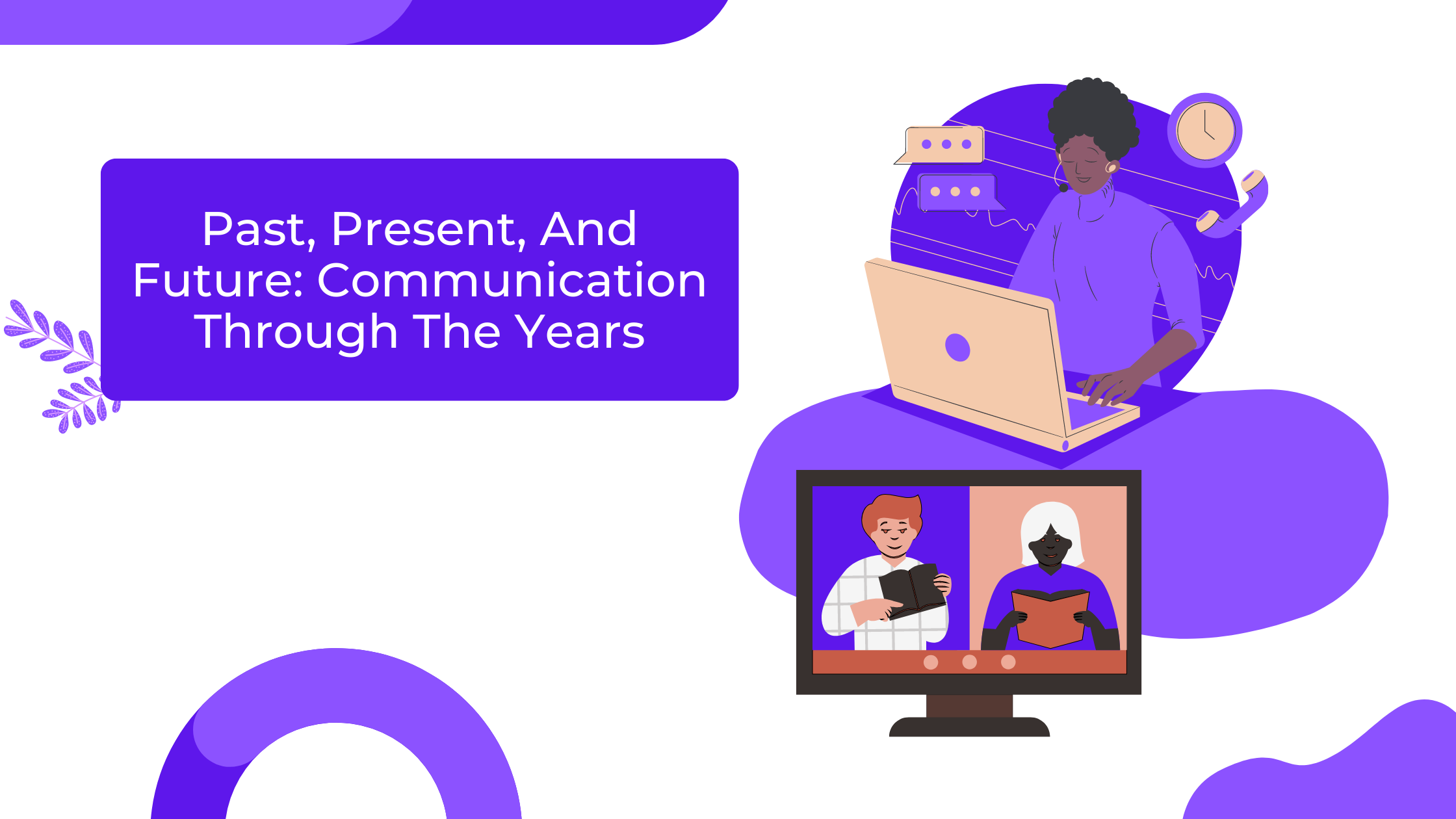
Leave a Reply